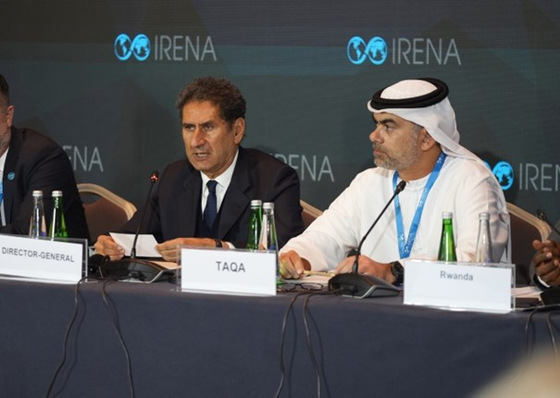This week, our topic of the week is subsidy-free solar installations. Today's Part 2 shows how solar installations can be economical even without subsidies:
“Under the zero-subsidy mechanism, power generated from EnBW’s 180 megawatt (MW) plant will be sold in the wholesale market instead of a continuous revenue scheme, which locks in a fixed income. The project will not have guaranteed feed-in remuneration, as mentioned under the German Renewable Energies Act (EEG), and with small solar PV installations starting to lose their eligibility for EEG’s feed-in-tariffs (FiTs) starting 2021 and overall cost of building solar PV plants going down, the country might witness mushrooming of solar PV plants without subsidies.
Significant decline in costs
“The average project cost to build a solar plant in Germany in 2018 was $1,196.3 per kilowatt (kW), which ten years ago was around $3,637/kW - a two-third fall. This significant decline in costs makes large-scale projects without funding more achievable.
“With Germany’s last nuclear power plant to be shut down in 2022 and coal power plants to be phased out by 2038, the country is aiming to achieve 65% of its power from wind, solar and other renewable energy sources by 2030. In order to achieve the target, an expansion corridor has been set up to target the net annual capacity additions. For solar PV, that target has been set to add 2,500MW every year.
Signal for other utilities to venture into unsubsidized PV
“Achieving its 2030 target will require significant contribution from solar PV. With projects starting to lose the eligibility on FiTs from 2021, growth in the solar sector can be maintained through merchant PPAs without any subsidy. EnBW is the first utility in Germany to venture into the subsidy-free solar PV market. The success of the project might also make other utilities venture into unsubsidized solar PV and help the sector to achieve the 2030 target.” (HCN)
Here, in case you missed it, is Part 1 of this week's topic. In Part 3, we will look at the first of three examples, how subsidy-free solar projects can work.







